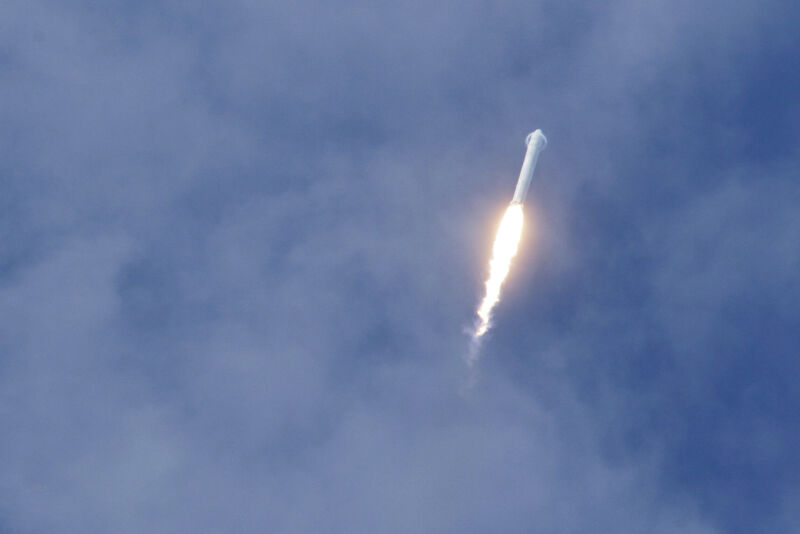
Enlarge / A Falcon 9 test rocket lifts off of pad 40 at Cape Canaveral Air Force Station on June 4, 2010. (credit: Matt Stroshane/Getty Images)
Winds howled across Florida's Space Coast on June 3, 2010, as classic summertime thunderstorms rolled inland off the Atlantic Ocean. The heavens opened up, and torrential rainfall doused some parts of Cape Canaveral with as much as three inches of rain in a single hour.
The storms seemed an ill portent for the very first Falcon 9 rocket, which the SpaceX launch team had moved to the company’s new pad only a day before. After completing a succession of static fire and fueling tests during the spring of 2010, SpaceX finally received approval to launch from the Air Force, with the earliest possible date of June 4.
The stakes were high. In the previous four years, SpaceX had attempted five launches of its much smaller Falcon 1 rocket from a tropical island; three of those launches failed. Now the upstart company had been granted access to America’s most storied spaceport, located on Florida's east coast. Carpeted with high-dollar launch pads and myriad rocket facilities, a failure at Cape Canaveral could damage more than SpaceX’s reputation—it could destroy national security assets.
No comments:
Post a Comment